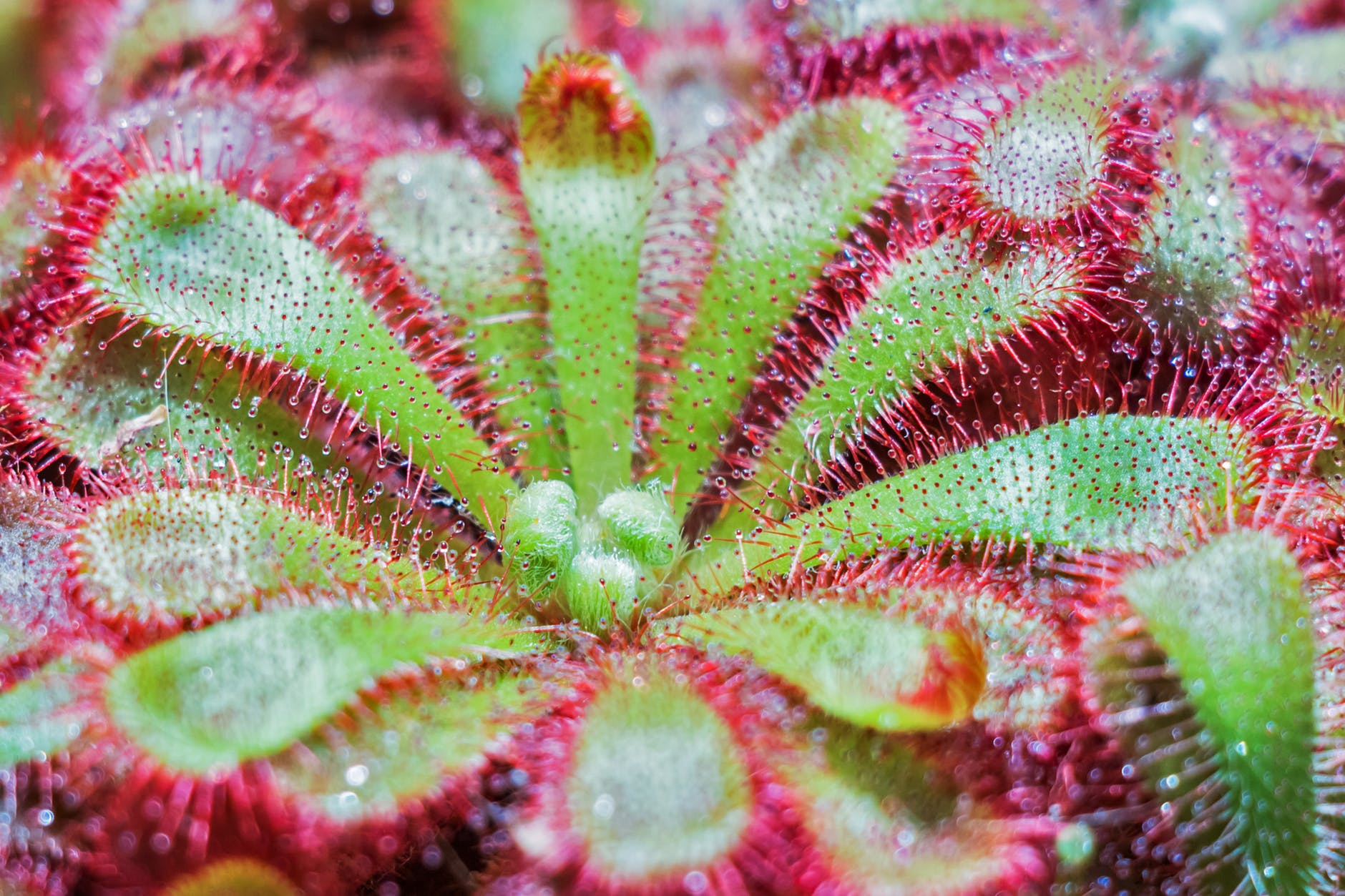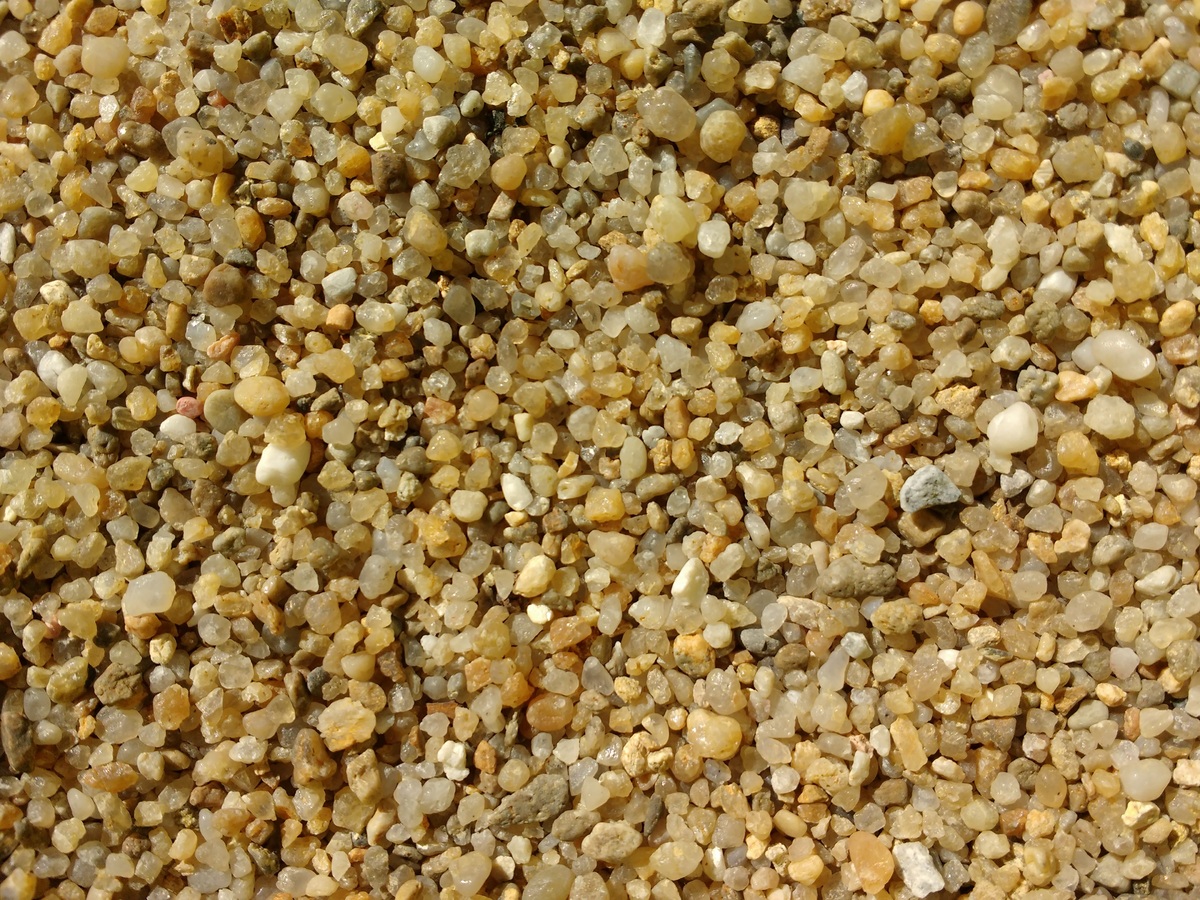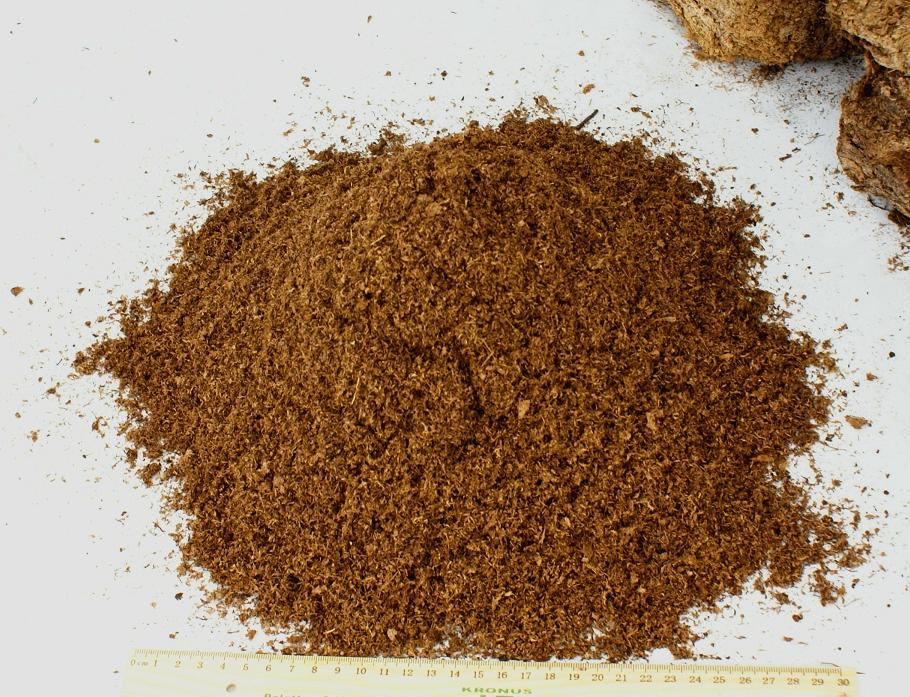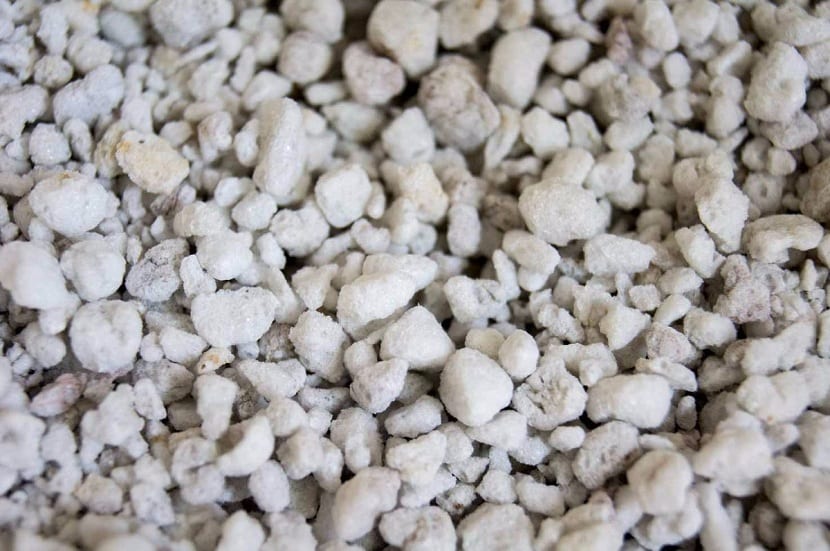
Carnivorous plants are a type of plant beings that most attract our attention: unlike others, they have evolved to feed on the body of animals, the vast majority of times as small as ants or mosquitoes, and exceptionally larger ones such as the occasional rodent as it was discovered that a specimen of Nepenthes attenboroughii.
Although at first it may seem incredible, by following this diet, the environment in which they must grow when cultivated is not the one we would put a geranium for example. In fact, if we planted them in black peat we would lose them in a matter of days. To avoid this, we are going to explain how to choose the substrate for carnivorous plants.
What type of soil do carnivorous plants need?
Carnivorous plants usually grow in peat bogs, wetlands, almost always in acidic and nutrient-poor soils. Moreover, it is precisely due to the low fertility of the land that traps have developed that attract and kill insects.
Whether they are jars, sticky leaves or tiny sachets, carnivores are what they are today thanks to the fact that they managed to adapt to a medium lacking especially nitrogen and phosphorus, two essential nutrients for growth.
Taking this into account, what substrates should be chosen when growing them?
Types of substrates for carnivorous plants
Those that should be used are the following:
Sand

On the planet we live on there are many types of sand, but our carnivores will only accept those that are more or less thick, such as quartz sand. Do NOT use beach sand or construction sand.
Always use it mixed with some other substrate, such as sphagnum or peat moss.
Buy it here:
Sphagnum

Sundew growing on sphagnum moss.
Known as sphagnum moss or sphagnum in English, it is one of the most widely used substrates in the cultivation of carnivorous plants. Its pH is acidic, it is spongy, it retains a lot of water but it is also aerated. As if that weren't enough, it's light, so much so that if you ever ask for a big bag you might be surprised at how "little" it weighs.
It can be used alone or mixed with perlite or sand, but before filling the pot, moisten it well before putting the amount you will need in a container with distilled water.
Buy it here:
No products found.
Blond peat

Image - Nordtorf.eu
It is a substrate that is formed from the decomposition of organic matter in swampy places. It is spongy, has an acidic pH (about 3-4), good aeration and is easy to handle. It retains a lot of moisture, but it also facilitates the drainage of water.
You must always use it mixed with perlite for example. Before filling the pot with it, add the amount that you are going to need in a basin with distilled water; this way the transplant will be easier.
Buy it here:
Perlite

La perlite It is a light and porous mineral, whitish in color, capable of retaining a lot of water and very resistant. It is a substrate that does not decompose easily, which is why it is one of the most used in the cultivation of plants, whether they are carnivorous or not.
Likewise, it allows the water to drain quickly, because when it is mixed with other soil, such as peat for example, it makes it lighter and has better aeration.
Buy it here:
What do carnivorous plants need to grow?
We have talked about substrates, but not everything is dirt 🙂. If we want carnivorous plants to live for many years, it is important that we take into account that they need:
Be abroad
So that they grow as they should, so that they have the light they need, to be able to hunt… Carnivores are outdoor plants, and we should only have them at home if frosts occur in the area.
Even so, you have to know the Sarracenia and Dionaea they resist weak frosts down to -2ºC, perhaps -3ºC. Even some Drosera (like the d.aliciae, D.capensis or the D. spathulata) can be grown outside all year round in warm-temperate regions, with lows down to -2ºC.
Luz

All of them must be in bright areas, since they do not live well in shade. Sarracenia want direct sun, just like Dionaea. On the contrary, Drosera, Nepenthes, Heliamphora y Cephalotus They prefer to be somewhat protected from the rays of the star king.
Pure water and frequent waterings
The best irrigation water is rainwater. If you can't get it, we will use distilled or osmosis. Likewise, it is necessary to try to keep the substrate moist, especially during the summer when they need more water.
Plastic pots with drainage holes
They are native to swampy areas, but when kept in containers, drainage is important. We will also use plastic pots, as this is a material that does not wear out like clay does.
I hope it has been useful to you 🙂.


